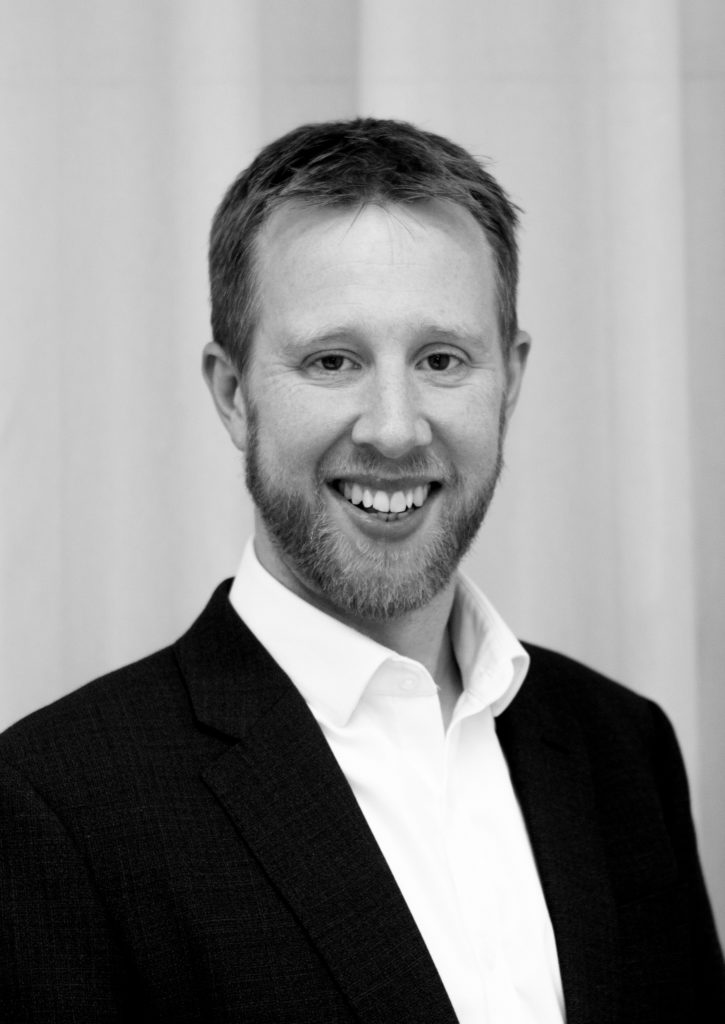The engineering consultancy Atkins is committed to equality and inclusivity, and explains to Rail Staff the importance of using pronouns in the workplace.
What’s in a pronoun? ‘He’, ‘she’, ‘they’: we use these words all the time, often without a second thought. But as we grow more aware about issues of personal identity, their use in the workplace has recently assumed much greater significance.
Pronouns are tied to our sense of identity. They don’t just function as useful stand-ins for our names. They also indicate a person’s gender – which makes them more complicated than they might initially seem.
Respecting identity
Employers have a duty to create an inclusive workplace for all staff, regardless of age, gender, ethnicity, physical ability or neurodiversity. Part of this inclusiveness depends on helping employees feel like they can be their real, genuine selves at work. Yet if your name leads you to being persistently mislabelled as male or female, or if you don’t identify with your birth gender, it’s much harder to feel accepted for who you are.
And with more individuals now openly identifying as trans or non-binary, an important question arises: how can we help them feel safe and welcome at work?
A growing number of people are choosing to clarify their pronouns in their email signatures, Linkedin profiles and when introducing themselves in meetings. It helps to normalise the idea that personal identity is respected and decided by each individual, not passively constructed for them by others. By normalising this process, we can help to create a more inclusive atmosphere for all.
As more people adopt this practice, trans and gender-nonconforming employees will be more comfortable doing so too. It minimises the risk of misgendering (using the wrong pronouns when referring to someone), which can be an uncomfortable, even painful, experience.
Valuable perspective
Transport Planner, Richard Adams, brings a valuable perspective to the table. Joining Atkins coincided with a pivotal moment in his personal life: “I came to Atkins straight out of university. When I had my interview I was still closeted, but by the time I started work I’d come out as gay to my friends and family.”

So what was his experience when he started?
“At first, I was essentially still closeted at work. I didn’t feel comfortable bringing my whole identity to the office. I did eventually open up – I’m now very vocal about these issues – but it took some time.”
Richard is now an active member of several networks: he’s on Atkins’ Equilibrium committee, has organised events with CIHT on the topic of LGBTQI+ issues in the workplace, and is an advocate for increased support from senior management.
He’s now far more comfortable being himself with his team. But was this thanks to support from Atkins, or did he have to take this journey alone? It was a bit of both.
“The support structures were there, but I came to them organically and often by chance,” says Richard. “Connecting with other LGBTQI+ colleagues and joining the Equilibrium and Pride networks were extremely helpful, but I had to find them. I think new starters should be made aware of what’s out there as from the onboarding process.”
Support from management
Tom Meacock, Rail Consulting Practice Director, argues that this is why support from senior management is essential. “People in leadership and management positions need to use their influence and leadership shadow to a positive effect, as they can have a big impact on their teams,” he says.

Tom has been with Atkins for six years. He now leads a team of over 350 people in the Rail Consulting Practice. “As a manager you want to make a positive impact on your team, but the question is how”
For Tom, it’s important that all his team members feel they can bring their whole selves to work. “We spend such a huge part of our lives in the workplace. People should feel free to be themselves there.”
Richard recalls his early days at Atkins. “I used to feel that I had to be on my guard. I didn’t know if I could open up to my colleagues, and so was constantly ‘micro-monitoring’ my behaviours. It was quite tiring, and it took focus and energy away from my work. I can only imagine the impact of being misgendered on a regular basis would have on someone trying to navigate the workplace.”
A harmonious workplace
While individual wellbeing is the main priority, Richard and Tom acknowledge that a positive working environment also benefits the company. Employees who feel at ease with one another communicate and collaborate more effectively, ultimately delivering their best work.
But how does sharing pronouns help build a harmonious workplace?
“It’s a very easy way to help people feel they can be themselves,” says Tom. “Sharing your pronouns takes hardly any effort. At worst, the impact of doing so is completely neutral, so you have nothing to lose. However, at best, it can have a ripple effect, help normalise the sharing of pronouns and improve relationships. But even if it helps one person in your team feel more at ease, it’s already worth the effort.”
He also points out that it doesn’t only benefit gender fluid employees; it can also be useful when working with colleagues from other cultures, as it solves the problem of misgendering someone via email if you’re unfamiliar with their name.
Tom has added his pronouns to his email signature. He believes that it’s a small step that everyone can take. But as some adopt the practice while others don’t, what challenges are we now facing?

Breaking down barriers
Tom suggests that even the word ‘pronoun’ itself could be a barrier for some. “Growing up, English grammar wasn’t taught at school like it is now, so while I used ‘he’, ‘she’, ‘they’ all the time. we never labelled them as pronouns,” he says. “I’m a little embarrassed to admit that its only since they have been discussed in this context that I’ve connected the dots and understood what pronouns are!”
Small barriers like this can be alienating, making people wary of engaging further. “People are afraid to say the wrong thing. They don’t want to offend, and there’s also a real fear of being ‘cancelled’,” he explains.
There’s also the concern that it isn’t enough. It could be dismissed as tokenistic, the gender equivalent of greenwashing.
Richard says it’s important not to underestimate the power of taking a stance. “Everyone is at a different stage in the journey, and everyone makes mistakes. And that’s OK – what’s important is doing so in the right spirit and be willing to learn. Even as a member of the LGBTQIA+ community, I am still learning. Everyone should be open to recognising the challenges faced by others and reflect on their own experiences/assumptions.”
So what steps should Atkins now be taking?
Communicate and collaborate
Tom and Richard agree that clear communication is key, both in terms of providing information and resources to new starters, and also by keeping employees in the loop via newsletters.
They both stress the importance of Atkins teams around the country collaborating with one another so as to coordinate their efforts. Learning from other companies can also be hugely beneficial: Richard recalls that Atkins previously joined heads with Rolls Royce to discuss inclusivity. Sharing resources and information about best practice from other industry leaders, as well as rights organisations such as Stonewall, helps us all to improve.
Richard adds that these efforts shouldn’t only be applied internally. “We need to think about these issues in terms of the work that Atkins does, too. How are we considering LGBTQIA+ transport users in the schemes we design? As we move towards a ‘passenger-first’ approach, it’s a question we should be asking. We have power to make impactful changes in society as well as the workplace, so let’s apply our learning on our projects as well.”
Sharing pronouns may be a small step, but it’s part of a much bigger picture – one that Tom feels optimistic about. “We’re moving away from only talking about the negatives. The messaging used to be filled with ‘do nots’; we’re now focusing on how we can work towards a more positive future, one where everyone can feel included.”

